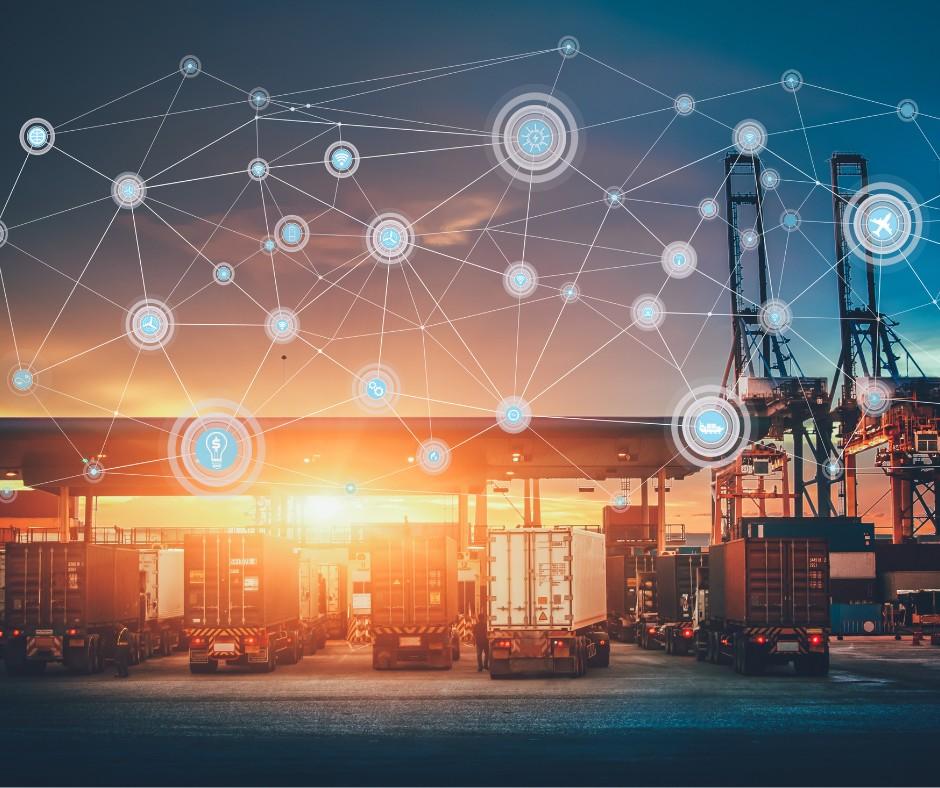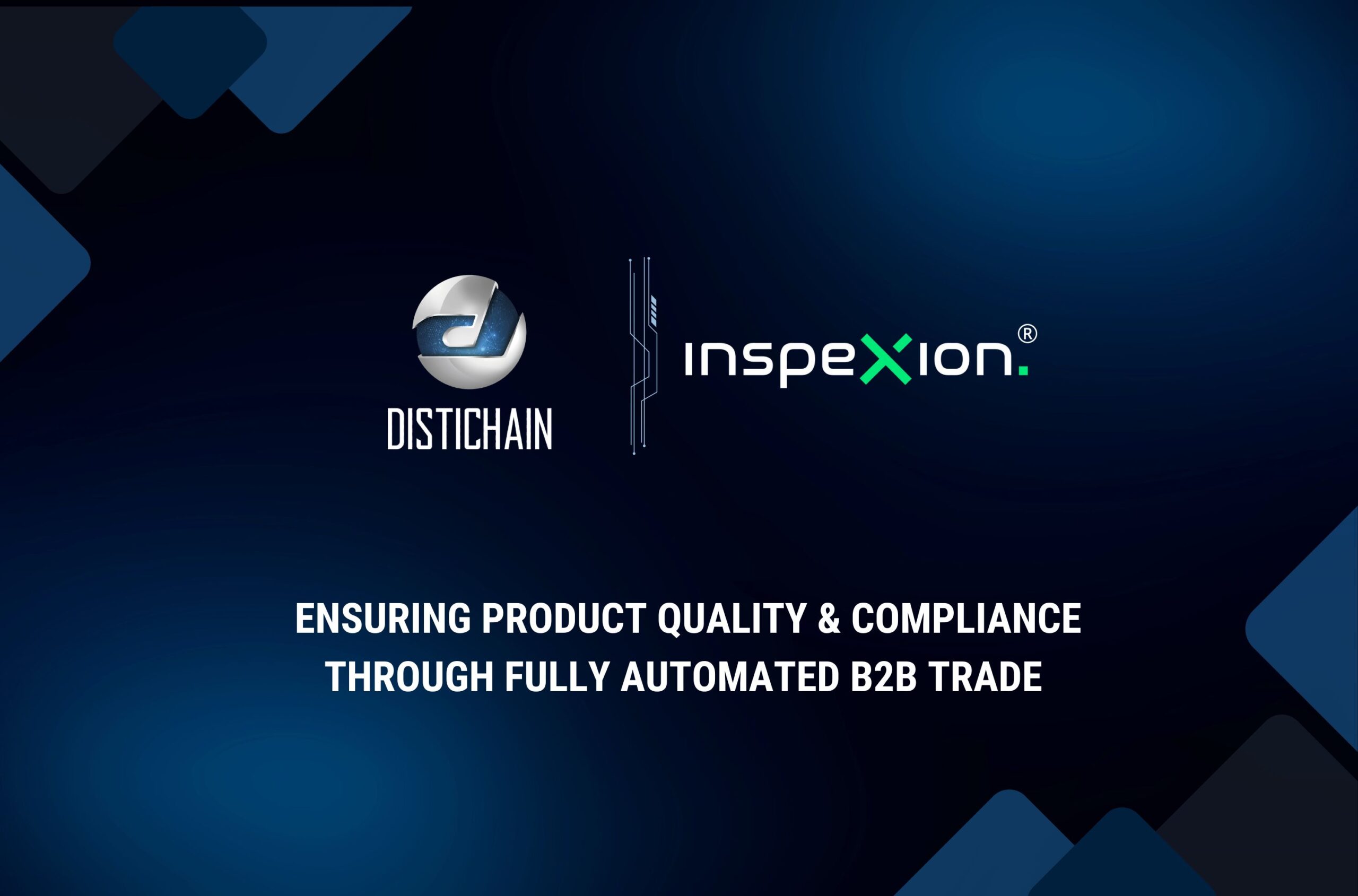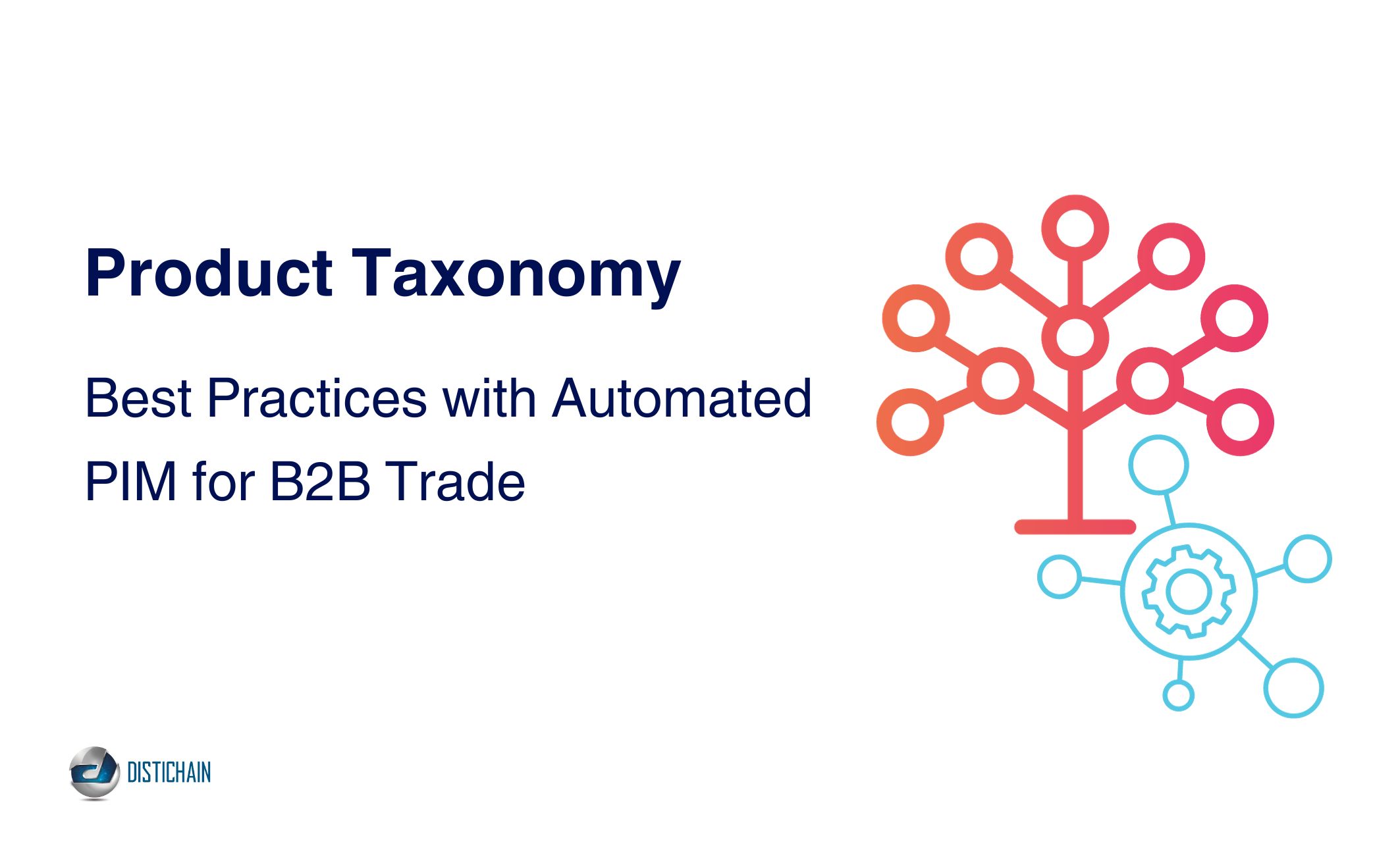Global trade and logistics, the backbone of international commerce, are crucial drivers of economic growth. Their influence on our daily lives is far-reaching, from the products we use to the prices we pay.
As the landscape evolves, businesses must adapt to emerging trends that reshape trade and logistics operations. Here are some key trends to look out for to keep your business agile.
The Evolution of Global Trade and Logistics
Global trade and logistics have evolved over the centuries. Mainly from new technologies, the expansion of international trade, and the growth of global supply chains.
Understanding the historical context and the role of technology in global trade and logistics is essential to appreciate its current state and rise through the digital revolution.
History and Role of Technology in Global Trade
Global trade has been an integral part of human history, with the Silk Road connecting Asia to Europe and Africa as one of the earliest examples. The Age of Exploration in the 15th and 16th centuries saw a dramatic expansion of global trade as European nations established new trade routes and colonies worldwide.
The Industrial Revolution in the late 18th and early 19th centuries further accelerated the growth of global trade. New technologies such as steam power, railways, and telegraphs made moving goods across great distances easier and faster. In the 20th century, the Panama and Suez Canal expansion facilitated trade by providing quicker and more direct routes between regions.
Technological advancements in logistics, such as containerization in the mid-20th century, revolutionized the shipping industry by allowing standardized containers to be quickly loaded and unloaded from ships, trucks, and trains. The development of air cargo enabled faster and more reliable transport of goods, particularly perishable goods, and high-value items.
Impact of the Digital Revolution on Logistics
The digital revolution, driven by the rise of e-commerce, has profoundly changed logistics trends, transforming how companies manage their supply chains, disrupting traditional retail models, and increasing demand for fast, reliable delivery.
Logistics companies have adopted new technologies such as automation, robotics, and artificial intelligence to meet the growing demand for fast and efficient delivery. These technologies have enabled companies to optimize their supply chains, reduce costs, and improve speed and accuracy.
Another significant trend in logistics is data analytics and real-time tracking using sensors and other technologies. By integrating this technology, companies have efficiently monitored and managed shipments, gathering data on the location, condition, and movement of goods to quickly identify and respond to issues.
With increasing global interconnectivity, logistics is crucial in facilitating global trade and ensuring efficient goods movement driven by technological advancements.
Navigating the Future: Key Trends Shaping the Industry
Here are some of the key trends that are expected to have a significant impact on the future of logistics:
Harnessing the Power of IoT: Implications for Global Trade
The Internet of Things (IoT) is a network of interconnected devices embedded with sensors and software, enabling them to collect and exchange data. In logistics, the IoT is being used to monitor shipments in real time, track inventory levels, and optimize supply chain operations.
By leveraging IoT devices, logistics companies can gain greater visibility and control over their supply chains, reduce the risk of disruptions, and improve efficiency. For example, sensors can detect changes in temperature or humidity levels in a shipment of perishable goods, allowing logistics companies to take corrective action before the goods are damaged.
AI and ML: Transforming Supply Chain Management
Artificial intelligence (AI) and Machine learning (ML) are currently used to optimize supply chain management by predicting demand, identifying potential disruptions, and automating routine tasks. By analyzing large volumes of data, AI and ML algorithms can identify patterns and predict future trends, enabling logistics companies to make more informed decisions.
AI and ML also improve 3PL and 4PL delivery by enabling logistics companies to optimize routes, predict traffic patterns, and reduce delivery times. By leveraging these technologies, logistics companies can improve customer satisfaction, reduce costs, and gain a competitive advantage.
Blockchain: Securing and Streamlining Global Trade
Blockchain is a decentralized digital ledger that can securely store and track transactions. In logistics, blockchain helps create secure, tamper-proof records of shipments, reducing the risk of fraud and improving transparency.
Using blockchain technology, logistics companies can create a shared platform for tracking shipments, enabling all parties involved in a transaction to access the same information. Leveraging this technology can reduce delays, improve accountability, and reduce costs.
Automation and Robotics: Transforming Logistics and Warehousing
Automation and robotics are being used to improve efficiency and reduce costs in logistics and warehousing. Robots can perform repetitive tasks, such as loading and unloading goods, freeing up human workers to focus on more complex tasks.
Automated systems can also optimize warehouse operations by reducing the time and labor required to move goods around the warehouse. By using these technologies, logistics companies can improve efficiency, reduce costs, and improve safety.
Increased Focus of Sustainability in End-To-End Supply Chain
Besides technological trends, we’re witnessing a shift towards reducing the environmental impact of supply chain operations, leading to greener logistics practices.
Adopting sustainable practices is driven by changing consumer expectations, regulatory requirements, and the need to mitigate supply chain risks. The EU’s Green Deal and circular economy initiatives encourage companies to reduce their environmental impact and improve resource efficiency.
Additionally, companies are adopting strategies to achieve sustainability goals, such as reducing waste, using renewable energy sources, and promoting sustainable transportation. Sustainable practices in supply chain management benefit the environment and improve the business’s efficiency and profitability.
Envisioning the Future of Logistics and Global Trade
Numerous trends and advancements have influenced the evolution of global trade and logistics. From the advent of containerization to the rise of digital technologies such as IoT, AI, and blockchain, logistics companies have had to continuously innovate and adapt to keep pace with changing market demands. Key trends, including automation and robotics, emphasize the importance of staying ahead of the curve to remain competitive in the logistics industry’s future.
As the industry evolves, logistics companies must embrace new technologies and approaches to remain agile and responsive to customer needs in a rapidly changing landscape. By doing so, they can build more resilient and efficient supply chains that deliver value to customers and stakeholders alike.
Stay agile and ahead of the curve with Distichain. Get in touch today












